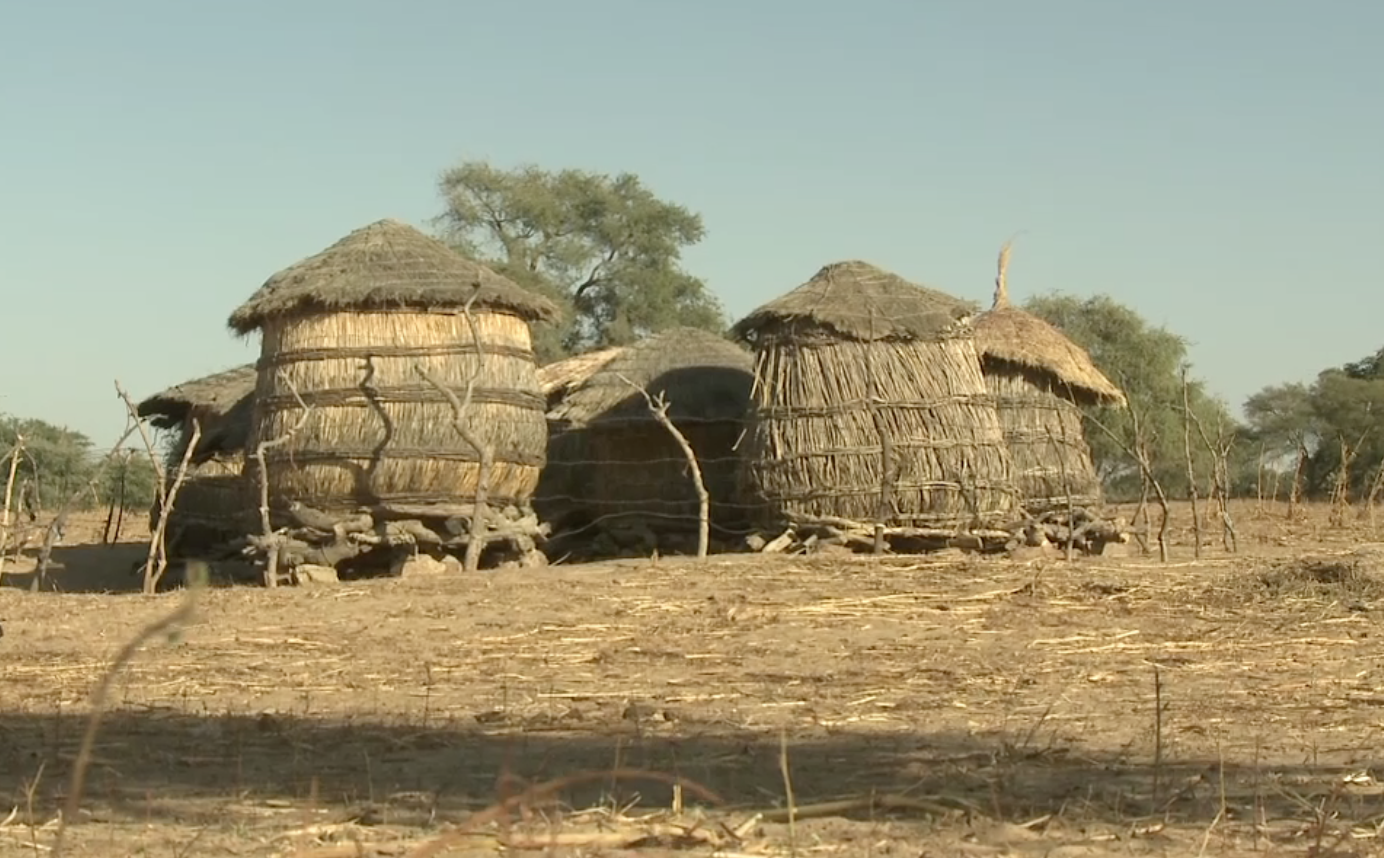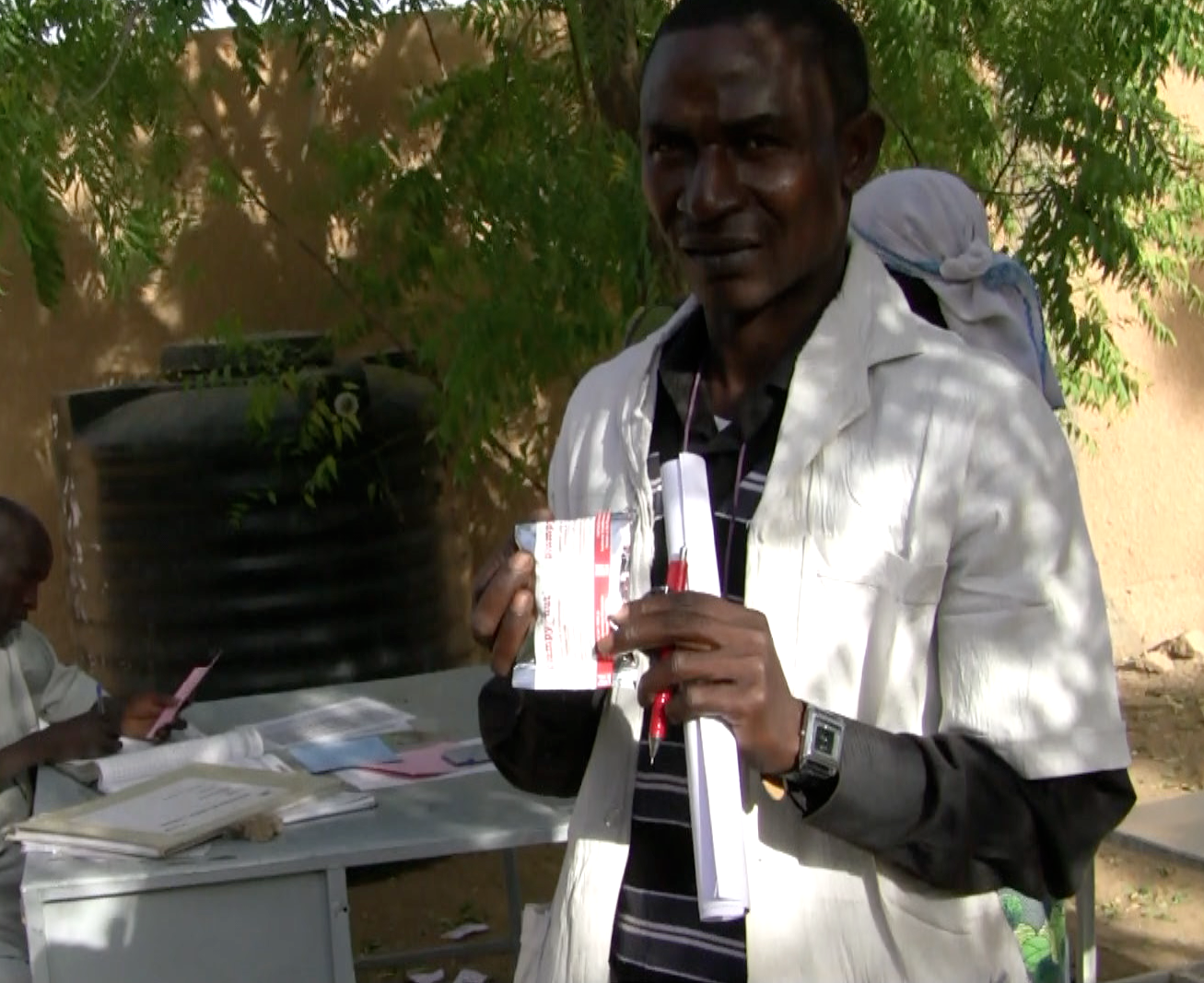by Barbara Goldberg
 |
| {grain storage with rapidly dwindling reserves} |
When we visited Niger in January 2012, we saw the beginning of the famine that was coming to wreak havoc on the Sahel, West Africa. As we drove into the village of Miyaki where we had drilled a well three years earlier, we saw mothers lined up to have their children evaluated for malnutrition and to receive food supplements that our partner, World Vision, was distributing. Wells Bring Hope is very proud of the work that we do to deliver safe water to some of the poorest people in the world; we are equally proud to be affiliated with a humanitarian organization like World Vision that is doing so much to alleviate the food crisis in West Africa.
As we saw the suffering of the women and children at the clinic, it was heart-breaking to know that the worst was yet to come. It was even more devastating to know that many in other parts of the country will receive no food supplements, will have no access to help at all. Remember, this is the second poorest country in the world, with a government equally as poor.
 |
| {a nurse preparing to treat malnourished children} |
The famine is the outcome of the most severe drought Niger has suffered in many, many years, and droughts have become increasingly frequent. The rainy season started in late June and we can only hope that it will last a long time and enable crops to grow, providing food for the people.
As of mid-June, feeding centers across the country have admitted and treated 130,596 children under the age of 5 for Severe Acute Malnutrition (SAM) and close to 200,000 have received treatment for Moderate Acute Malnutrition (MAM). (See video link below to view children being evaluated and categorized.)
 |
Despite the fact that, since April, each day an average of 1,000 new cases of SAM are admitted for treatment, the system is coping with the increased workload, which, overall, remains below the levels recorded during the 2010 crisis.
This is likely due to the massive treatment of MAM cases, averaging over 10,000 per week, as well as to the early response measures to contain food insecurity and malnutrition, put in place in November 2011.
Watch the video filmed, edited and narrated by Daniel Yadlosky of our experience in the village of Miyaki and see famine relief in action.

